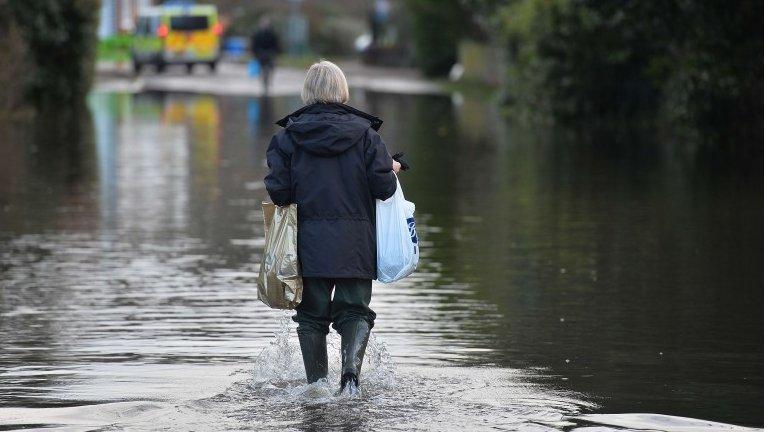Blue lagoons and higher roads to curb flood threat?
- Published
- comments
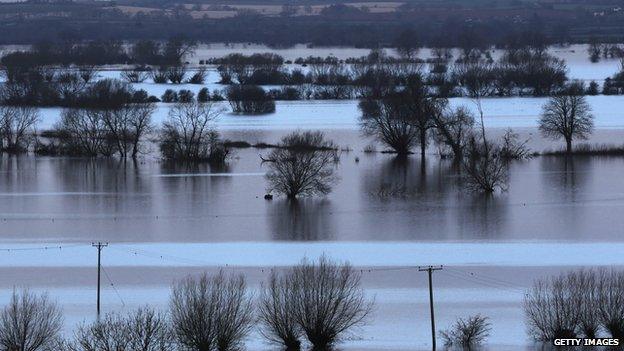
The floods have spread across thousands of acres of Somerset
Would a large lagoon the size of 12,000 football fields have prevented the flooding of the Somerset Levels?
According to Roger Falconer, professor of water engineering at Cardiff University, the Bridgewater Bay Lagoon proposal would have helped the waters flow away from the flat lands of the county.
It was one of a number of ideas put forward for consideration, external in 2010 to harness the tidal power of the Severn Estuary.
The plan called for a 16km sea wall that would run in a semi-circle in the waters in front of Burnham-on-Sea, at the mouth of the River Parrett.
Power would be generated by the twice-daily tide turning turbines built into the structure.
However Prof Falconer believes it would have a significant side benefit as a flood prevention device.
He says the real problem for the Levels is that there is no significant slope to drain water away from the land. He believes that an artificial energy-generating lagoon would solve this problem.
By closing the turbines and preventing the tide coming through, the sea wall would create a massive storage site for water to drain from the Levels.
"We pretty well have a horizontal water surface slope in the Somerset Levels, and therefore I'm not convinced dredging will do very much," he told BBC News.
"If we can increase the water surface slope we increase the flow and that dramatically drains the land and significantly drops the groundwater level as well."
"I think it would have prevented the floods we have now."
Lagoon show
The plan though comes with a massive price tag. The Bridgewater Bay Lagoon idea would involve £12bn in capital costs.
"No-one is going to spend £12bn for a flood defence scheme," says Prof Falconer.
"But they will invest in green energy devices and if we can get flood control as a benefit it would be enormously beneficial."
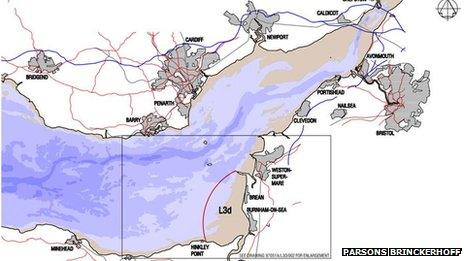
The proposal for the Bridgewater Bay Lagoon would provide electricity and flood protection, according to supporters
Lagoons are all the rage at the moment; plans have recently been submitted for a barrier in Swansea bay that could generate power for 120,000 homes for 120 years.
Prof Falconer says that another proposed barrier off the North Wales coast, the Clwyd Impoundment, external, could curb the sea's ability to destroy the coast in areas where people may not have the resources to protect themselves.
"If we were to build lagoons there, we can offer enormous flood defence protection against coastal erosion in some of the poorest parts of our country," says Prof Falconer.
While there has been huge focus on the pros and cons of dredging as a result of the flooding in Somerset, the most recent independent research suggested that it was no panacea.
Prof Falconer agrees that dredging in Somerset is not the answer. He feels that elevating vital infrastructure like roads would be a better use of resources.
"People cannot get to their houses - I would personally prefer to see the money spent on raising the roads and the infrastructure so that people don't get cut off again, rather than on dredging," he said.
"I'm not convinced dredging will solve the problem."
Rather than looking to the Netherlands for inspiration on flood proofing our houses, Prof Falconer believes the US is a better model.
Many homes there have a garage and a play room on the ground floor with the living room one floor up. This he says, might work better for the UK than houses on stilts.
Follow Matt on Twitter @mattmcgrathbbc, external.
- Published21 February 2014
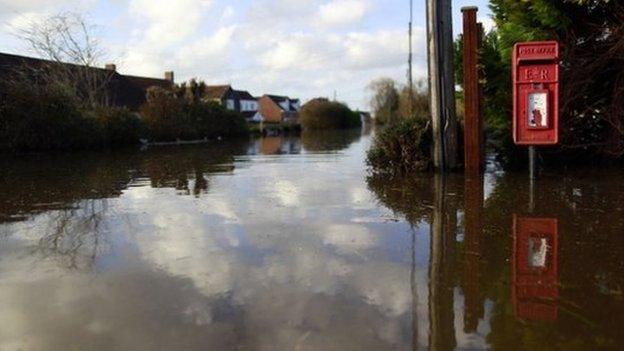
- Published14 February 2014
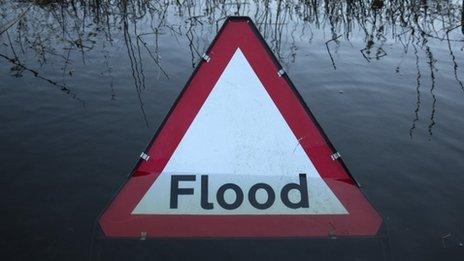
- Published14 February 2014
